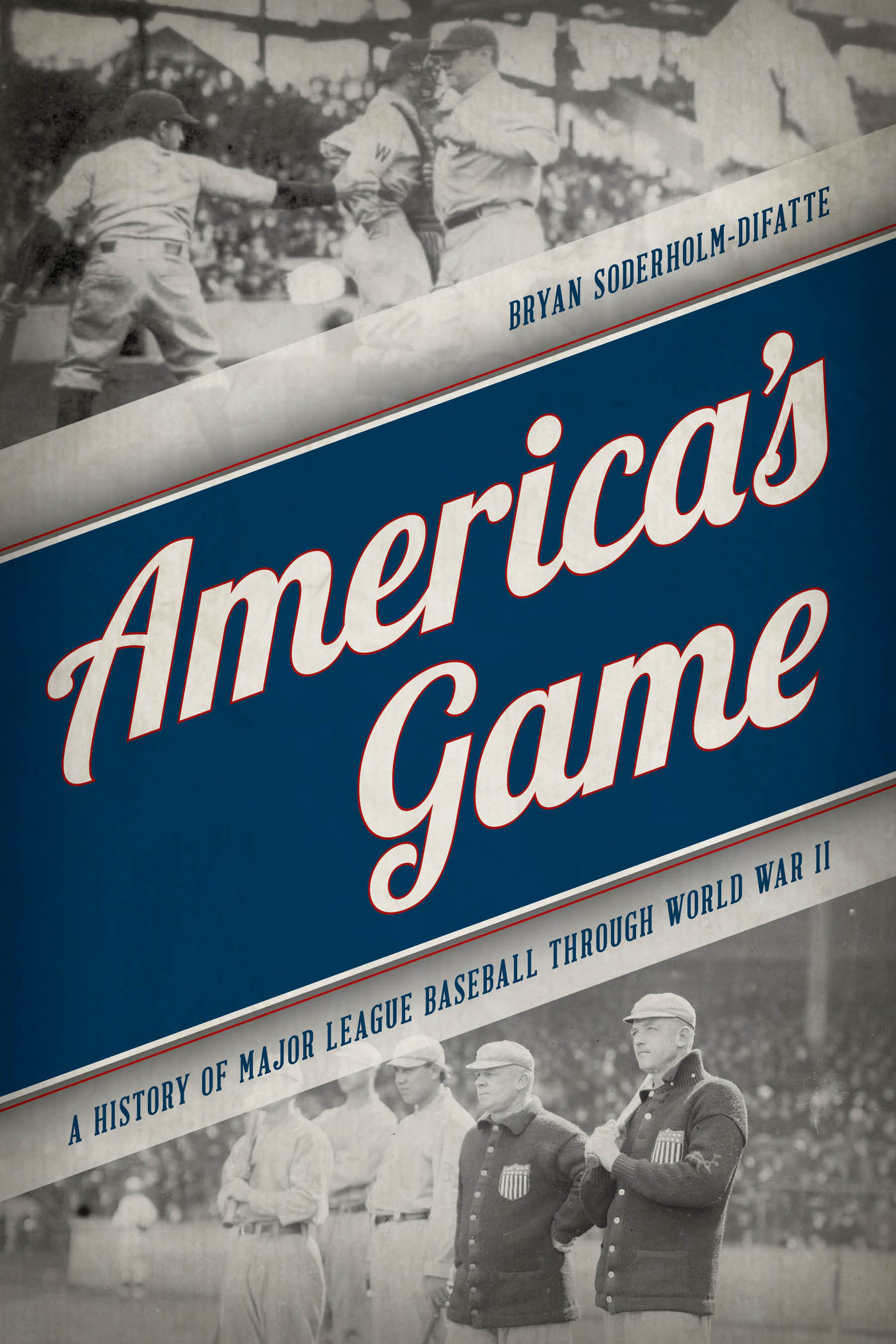Americas Game
Americas Game
A History of Major League Baseball through World War II
Bryan Soderholm-Difatte
ROWMAN & LITTLEFIELD
Lanham Boulder New York London
Published by Rowman & Littlefield
A wholly owned subsidiary of The Rowman & Littlefield Publishing Group, Inc.
4501 Forbes Boulevard, Suite 200, Lanham, Maryland 20706
www.rowman.com
Unit A, Whitacre Mews, 26-34 Stannary Street, London SE11 4AB
Copyright 2018 by Rowman & Littlefield
All rights reserved. No part of this book may be reproduced in any form or by any electronic or mechanical means, including information storage and retrieval systems, without written permission from the publisher, except by a reviewer who may quote passages in a review.
British Library Cataloguing in Publication Information Available
Library of Congress Cataloging-in-Publication Data
Name: Soderholm-Difatte, Bryan, author.
Title: Americas game : a history of major league baseball through World War II / Bryan Soderholm-Difatte.
Description: Lanham, Maryland : ROWMAN & LITTLEFIELD, [2018] | Includes bibliographical references and index.
Identifiers: LCCN 2017048325 (print) | LCCN 2017050748 (ebook) | ISBN 9781538110638 (electronic) | ISBN 9781538110621 (hardcover : alk. paper)
Subjects: LCSH: BaseballUnited StatesHistory20th century.
Classification: LCC GV863.A1 (ebook) | LCC GV863.A1 S687 2018 (print) | DDC 796.357/64dc23
LC record available at https://lccn.loc.gov/2017048325
 TM The paper used in this publication meets the minimum requirements of American National Standard for Information Sciences Permanence of Paper for Printed Library Materials, ANSI/NISO Z39.48-1992.
TM The paper used in this publication meets the minimum requirements of American National Standard for Information Sciences Permanence of Paper for Printed Library Materials, ANSI/NISO Z39.48-1992.
Printed in the United States of America
Authors Note
A popular exhibit, especially for kids, at the 193940 New York Worlds Fair was the Academy of Sport, which included a School of Baseball featuring prominent contemporary and former ballplayers as Instructors of the Day. Among those instructors were Babe Ruth, Charlie Keller, Dominic DiMaggio, Vince DiMaggio, Elbie Fletcher, and Ossie Bluege. One 11-year-old boy who got their autographs on cards certifying he attended their instruction was my dad. He grew up with the Yankees teams led by Joe DiMaggio that won seven pennants and six World Series in eight years, from 1936 to 1943. He loved baseball, and they were his guys. I mention this because my dads recollections of the players he watched and the games he saw in person and listened to on the radio, his command of the statistical record, and his putting them in the context of what he knew had come before his timealthough mostly from reading about it in newspapers and books rather than learning about it from his dad, the son of an immigrant, who did not grow up in love with the gameall of that gave me a deep understanding of and appreciation for the relevance of baseball history. Its what made me a baseball guy.
An important part of the games appeal is its history and tradition. Indeed, a strong argument can be made that the history of Major League Baseball, and also the history of the Negro Leagues before major-league integration, is what provides the connective tissue from one generation of baseball fans and followers to the next. Ballplayers are larger-than-life, mythic heroes. They may be gone from the scene, but they live for us in the present because of what they did, the standards they set, and the teams they represented. They are more than mere mortals. At least they are to the tens of millions of Americans, past and present, who have been and are captivated by baseball played at the highest level. The great players, managers, and teams of the past are the touchstones against which the best players, managers, and teams of today are compared. History is the reason why the Chicago Cubs winning the 2016 World Series caught the imagination of Americans across the country, because the Cubs had not won one since way back in 1908.
This book is about Major League Baseball from the beginning of the twentieth-century birth of the current structure of two leaguesthe newborn American League and the well-established National Leagueuntil 1947, when Branch Rickey, the Brooklyn Dodgers, and Jackie Robinson integrated the major leagues. With the possible exception of boxing and notwithstanding the highly specific seasonal popularity of college football, baseball was without question Americas national sports obsessionthe national pastimein the years this book covers. The major leagues prehistory is not a subject of this inquiry. Suffice it to say that the origins of the American game of baseball can be traced to any number of variants derived from English games involving a ball, batting, and running to bases that were played as early as the preRevolutionary War era. The basic outlines of the current game of baseball were clearly established before the Civil War, when the game was popular in the northeastern United States. Major League Baseball came into being in the last quarter of that century, setting the foundation for what became known for a very long time as the modern era, which began in 1901 when Ban Johnson declared the American League a major-league rival of the National League.
The modern era beginning in 1901? A quaint term now, more than a century later when so much has changed about the major-league gameincluding the end of racial exclusion; the introduction of divisional alignments, wild-card teams, designated hitters, and interleague play; players coming from baseball-enthused Caribbean Basin and East Asian countries to play in the majors; and the World Series extending into November.
Statistical Sources
My primary statistical source is the website baseball-reference.com, which buttresses the traditional record of annual player and team statistics with multiple data aggregations, including batter and pitcher splits, derived from the long-standing and painstaking efforts of Retrosheet researchers to provide as comprehensive a record as possible of every game played, at least as far as the box score. As of January 1 2018, comprehensive splits data was not available on baseball-reference for the years before 1913. For relief pitching data before 1913, I relied on the Relief Pitcher Register in the third edition of Total Baseball, edited by baseball historians John Thorn and Pete Palmer and published in 1993.
Because official statistics are the prime currency for comparative analysis, it is important to remember they can be misleading about player performance, especially in comparisons across time, because of differences in context, including the era and even the dimensions of their home ballpark. There have been several advanced metrics developed over the years to assess every players unique overall value to his team. Probably the best known is wins above replacement (WAR), which measures the totality of a players performance in terms of how many additional wins that player contributed to his team over what a replacement player from the highest minor-league level would have contributed instead. Although there are three competing versions of WAR that yield differing player values, they generally are consistent in the year-to-year patterns they show of the same players performance. I have chosen the WAR variant used in baseball-reference.com.
Introduction
Ruining a Good Thing
The National LeagueMajor League Baseballs only league at the timeentered the twentieth century besieged. By now the game was well established as both a business and a sporting event played on a daily basis during the summer months that attracted sufficiently large numbers of paying customers to make it profitable, especially for franchise owners and star players. As a sporting event, Organized Baseball inspired fierce loyalty, often reflected in gambling and even fisticuffs over the outcome of games, by devoted
Next page
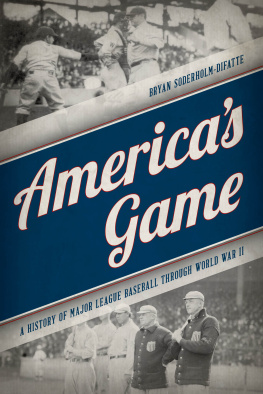

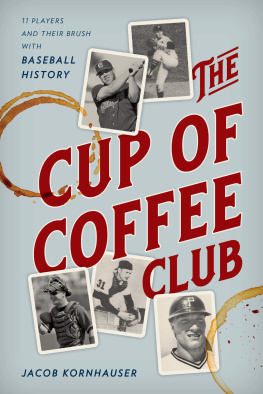
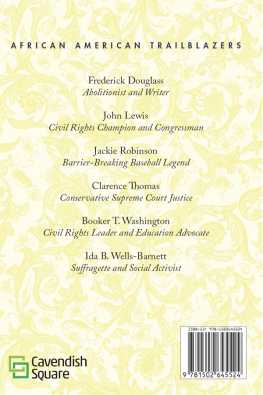
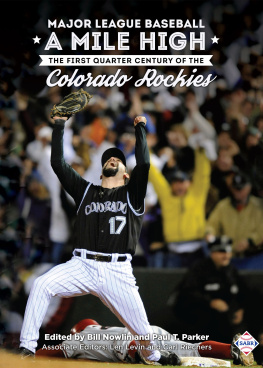
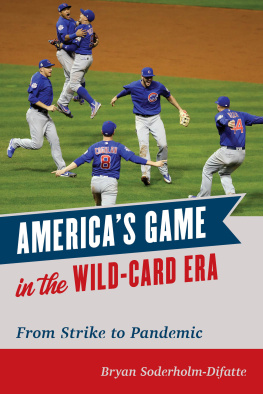
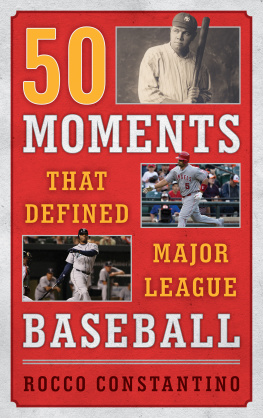
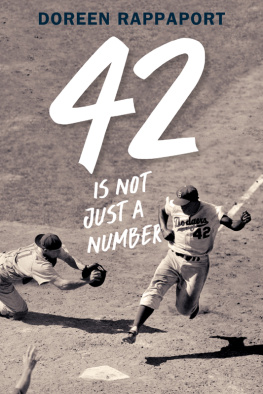
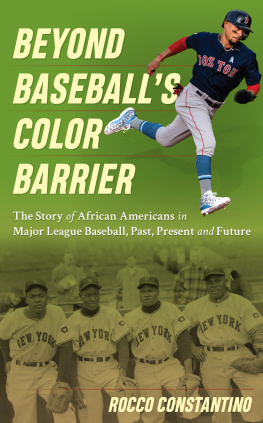
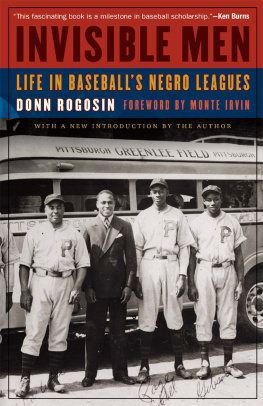
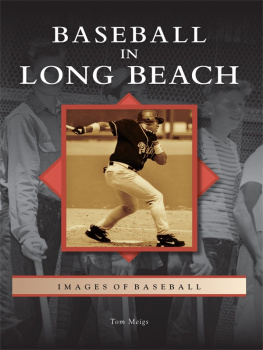
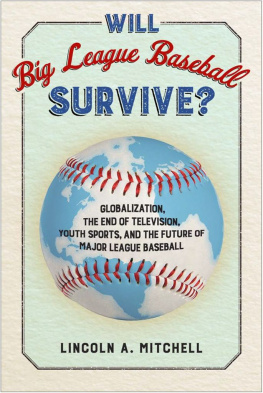
 TM The paper used in this publication meets the minimum requirements of American National Standard for Information Sciences Permanence of Paper for Printed Library Materials, ANSI/NISO Z39.48-1992.
TM The paper used in this publication meets the minimum requirements of American National Standard for Information Sciences Permanence of Paper for Printed Library Materials, ANSI/NISO Z39.48-1992.